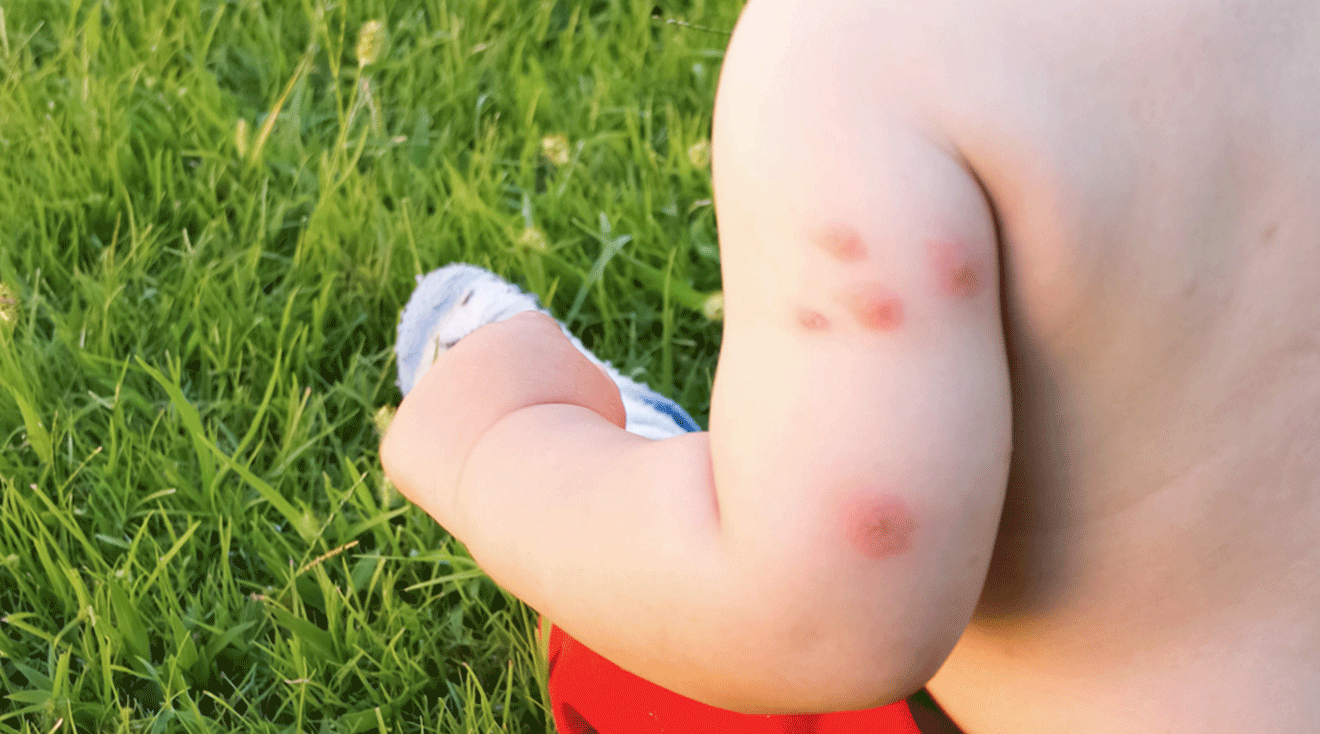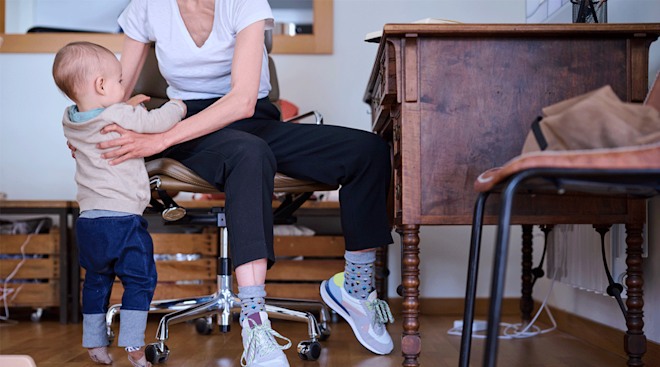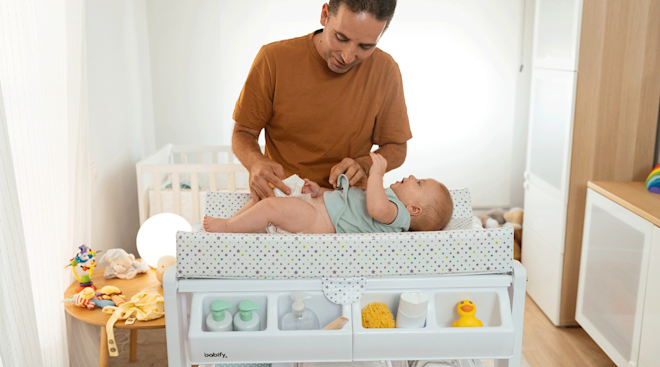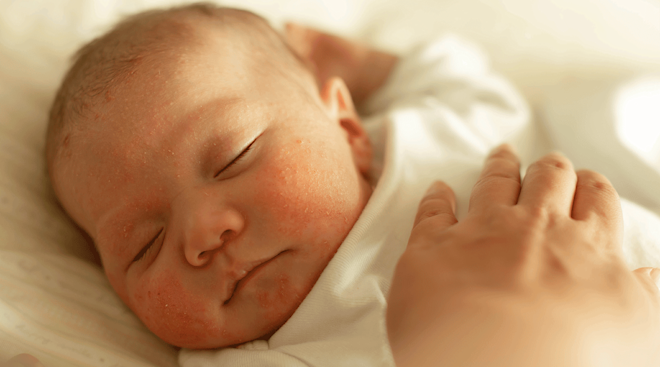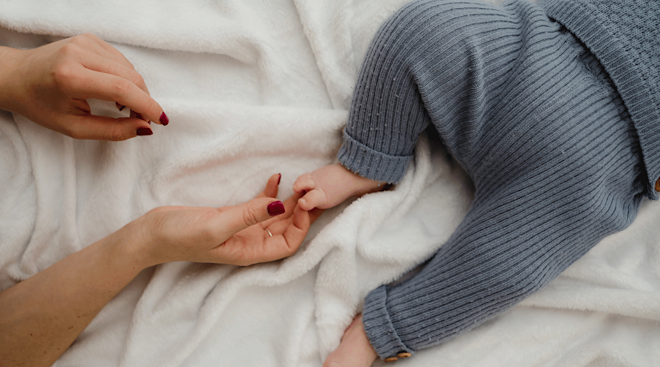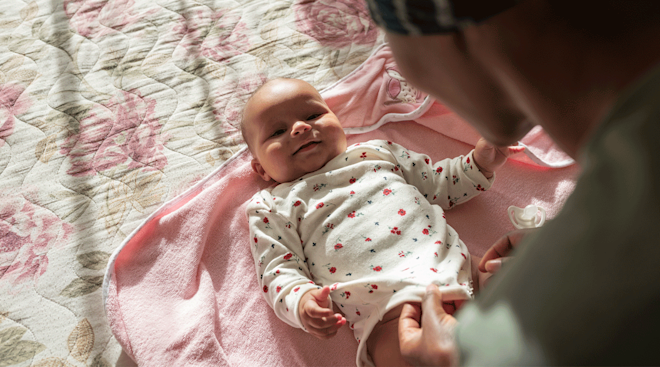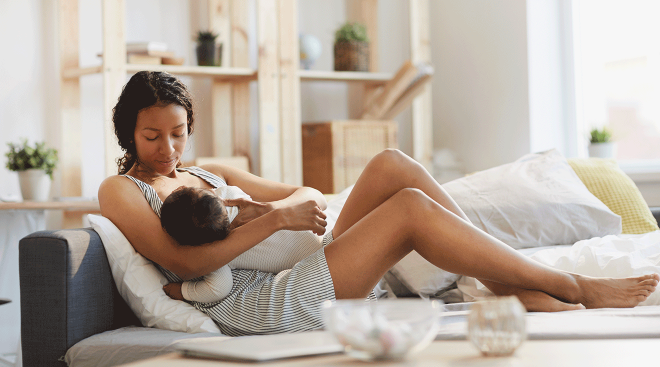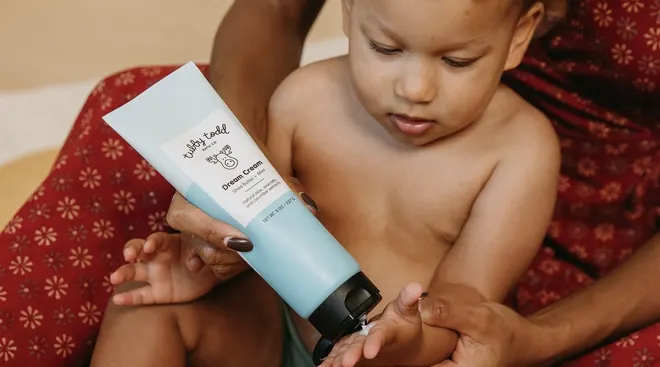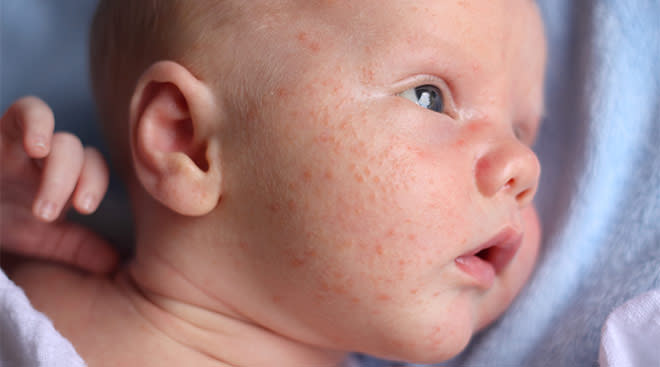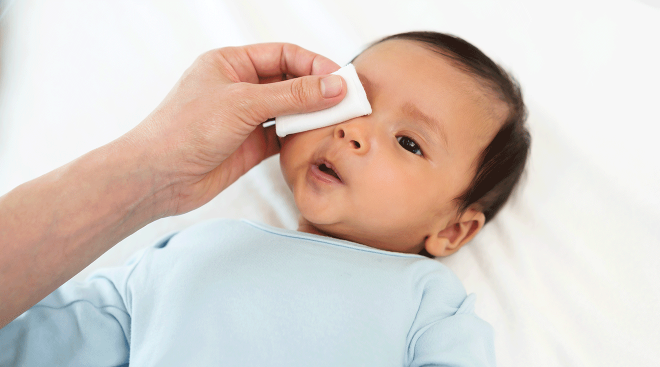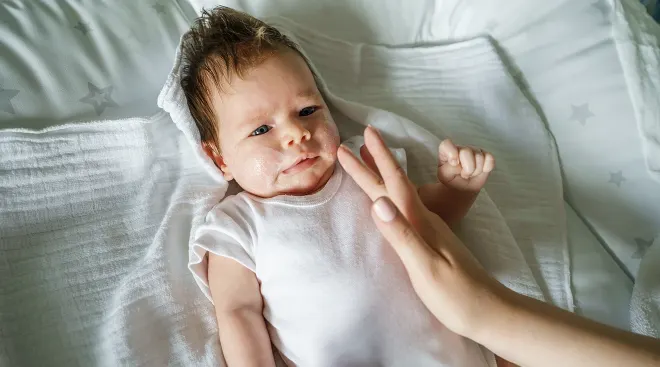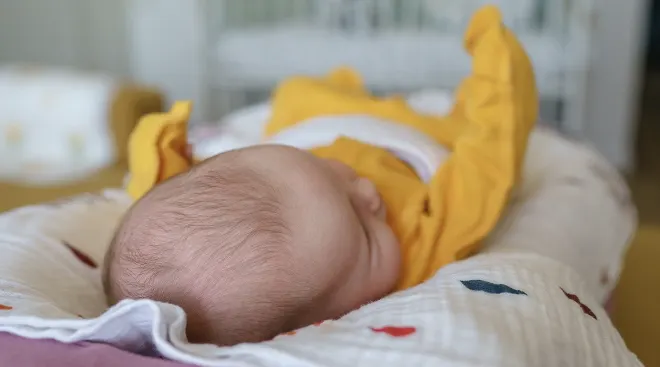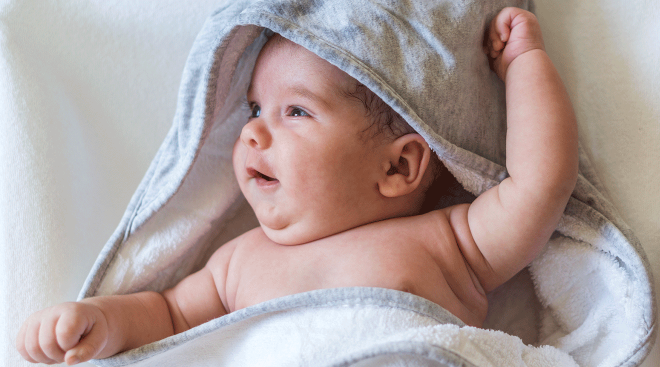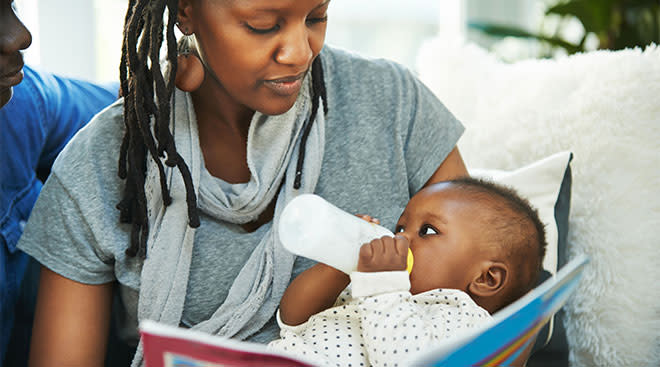How to Treat Bug Bites on Babies
Itchy insect bites can be a real pain, and unfortunately babies and toddlers aren’t immune. Mosquitoes, flies, ants and other bugs can bite your child, just like they bite you. So how can you tell what kind of insect bit your child, and when should you start to worry? Here, we dig into how to identify the most common types of bug bites on babies, how to ease your child’s discomfort and how to spot signs of a severe reaction or infection that require immediate care.
You can often spot an insect bite on baby by its general characteristic appearance: a small red bump (or many bumps), which is the body’s reaction to the insect’s saliva. Sometimes bug bites on baby may also have a water blister associated with them. Usually you’ll notice your child scratching the area to relieve the itchiness, but not all bites are itchy—some bites (like those from gnats, centipedes and certain types of ants and beetles) may have painful bumps or change into blisters.
Mosquito bites on babies
Mosquitos bites are one of the most common bite marks we see on children and are characterized by a small, red, itchy bump with a puncture mark in the center of the bump.
Ant bites on babies
When a child is bitten by a fire ant, it’s painful. It starts with a burning sensation and then itches, and the red bite mark often swells up and then fills with fluid. Ant bites on babies are usually seen on the feet or legs after stepping on a fire ant mound.
Fly bites on babies
These bites are also common and usually show up on your child as painful, itchy, red bumps that may resolve in a day or two and may also turn into blisters.
Flea bites on babies
Flea bites commonly look like small red bumps that appear in groups of three or four and occur where clothes fit tightly, like around the waist, or by the feet or ankles. Think especially of flea bites in homes with pets!
Bed bug bites on babies
Bed bugs are also red bumps, usually with a darker red spot in the middle of the bump, and sometimes appear with a blister. Bed bug bites are itchy and appear in a line or in a cluster, often on exposed areas of skin such as the face, neck, arms and hands. If you suspect bed bugs, check for the seed-size bug that can be found hiding in the bed, box springs, bed frame, or crevices of furniture.
Bee and wasp stings on babies
Bee and wasp stings are painful and cause swelling soon after the sting occurs. They’re common and often cause mild reactions, such as pain at the red bite mark and swelling around the site. But bee and wasp stings may also cause more severe reactions, including anaphylaxis, which is a medical emergency. Signs of anaphylaxis include hives all over the body, pale skin, vomiting, trouble breathing, drooling, swelling on the face or mouth, hoarse voice, coughing and loss of consciousness. If your child has a severe reaction to a bee or wasp sting, the severe reaction may again happen in the future. Talk to your pediatrician about seeing an allergist and having an EpiPen on hand.
Most insect bites on babies are itchy for several days, with redness lasting for approximately three days and swelling up to seven days. Your doctor may recommend using a steroid cream, such as an over-the-counter (OTC) hydrocortisone cream, OTC antibiotic cream or allergy medicine if the bite is itchy. A few tips for how to treat bug bites on babies:
- Place hydrocortisone cream in the fridge to make it extra cooling and soothing
- For painful bites, soak a cotton ball in a baking soda paste (made by mixing about a tablespoon of baking soda with a few drops of water until it forms a paste) for 15 to 20 minutes before washing away to reduce the pain
- Apply an ice cube wrapped in a wet washcloth to the area for 20 minutes.
- Bug bites can sometimes get infected. If the pain lasts for more than two hours or if the redness is spreading, contact your pediatrician.
If you’re at all concerned about the look of a bug bite on baby, it’s always best to make an appoint with your pediatrician, since it’s easier to make a diagnosis and help your child if they see the bite mark in person rather than discussing it over the phone or looking at photos of the bite.
Concerning signs that the bite should be looked at right away include:
- If the bite looks yellow or crusty (signs of an infection that requires antibiotics), is developing sores or is leaking pus
- If the area surrounding the bite is becoming red or if the redness is spreading, hot to the touch or tender, or if your child has a fever
- If the bite is becoming swollen, hard, tender and red with a build up of pus under it
In those cases, your child may require antibiotics and immediate care.
Signs of a serious reaction to an insect bite
Although thankfully not common, a serious reaction to an insect bite would include the following symptoms, which usually show within 20 minutes to two hours of the sting:
- Difficulty breathing
- Wheezing
- Vomiting
- Looking pale
- Swelling on the face, lips or tongue
- Drooling
- Hoarse voice
- Difficulty talking
- Short of breath
- Cough
- Hives all over the body
The most common stings that may prompt these symptoms are from bees, yellow jackets, wasps and fire ants. Anaphylaxis is a true medical emergency, so if your child is exhibiting any of the above symptoms, call 911 immediately. If your child has a history of anaphylaxis and you have an EpiPen, administer the EpiPen while you’re waiting for first responders to arrive.
Here, some top tips for preventing bug bites on baby:
- Dress baby in a hat, long-sleeved shirts and long pants
- Avoid being outside at sunset or sunrise—times when many bugs that cause itchy bites (like mosquitoes) are most active
- Use insect repellents on babies older than 2 months
The AAP approves the use of DEET in all infants older than 2 months of age. Use 30 percent DEET to protect your child for six hours and 10 percent if you only need protection for two hours. Place DEET on exposed surfaces of the skin, but avoid the eyes, mouth and hands, especially if your child puts their fingers in their mouth. Other types of bug repellants, including those that contain Permethrin and lower concentrations of DEET, can be placed on baby’s clothing rather than their skin (since sweat can inactivate Permethrin).
Updated February 2020
Dina DiMaggio, MD, and Anthony F. Porto, MD, MPH, are pediatricians, official spokespeople for the American Academy of Pediatrics and the co-authors of The Pediatrician’s Guide to Feeding Babies and Toddlers. They write about the latest AAP guidelines, studies and seasonal issues affecting babies and toddlers. Follow them on Instagram @pediatriciansguide.
Please note: The Bump and the materials and information it contains are not intended to, and do not constitute, medical or other health advice or diagnosis and should not be used as such. You should always consult with a qualified physician or health professional about your specific circumstances.
Plus, more from The Bump:
Navigate forward to interact with the calendar and select a date. Press the question mark key to get the keyboard shortcuts for changing dates.
































